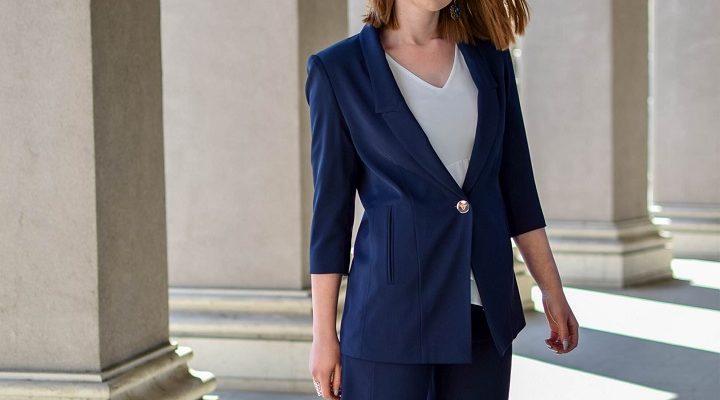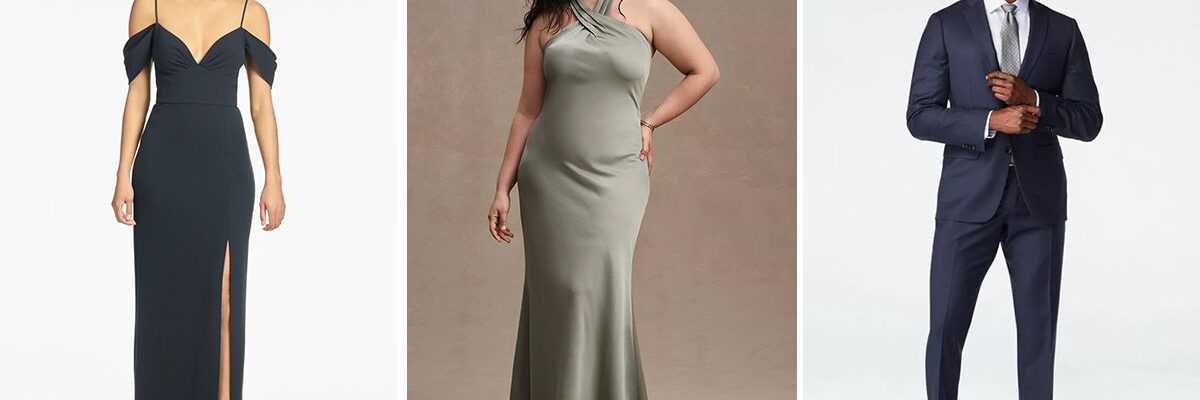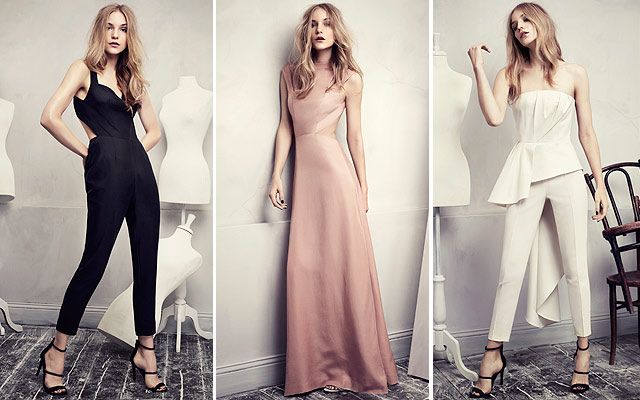The scarf, a versatile and timeless accessory, has traversed the epochs, leaving an indelible mark on diverse cultures across the globe. This journey through the history of scarves unravels the rich tapestry of this elegant accessory, exploring its cultural significance, evolution in style, and its enduring allure.
- Ancient Beginnings:
- Mesopotamia and Egypt: Early evidence of scarf-like garments dates back to Mesopotamian and Egyptian civilizations, where scarves were worn for protection against the elements.
- Symbolism in China: In ancient China, scarves were imbued with symbolism, denoting social status or serving as tokens of allegiance.
- Functional Fashion in the Roman Empire:
- Sudarium and Focale: Romans donned scarves known as “sudarium” for practical reasons, while the “focale” served as a combination of a scarf and a hood for warmth and protection during military campaigns.
- Silk Road Influence:
- Silk Scarves from China: The Silk Road facilitated the exchange of goods, including silk scarves from China. These luxurious accessories became symbols of prestige and wealth.
- Renaissance Elegance:
- Cravats and Neckcloths: The Renaissance era witnessed the emergence of cravats and neckcloths, precursors to modern scarves, as essential elements of aristocratic attire.
- Lace and Embroidery: Scarves became intricate works of art with lace and embroidery, reflecting the opulence of the Renaissance period.
- Colonial and Victorian Eras:
- Shawls and Mufflers: Scarves, especially shawls, gained popularity during the colonial and Victorian eras. They were draped over shoulders or wrapped around the neck for both fashion and warmth.
- Influence of Indian Shawls: The arrival of Indian shawls in Europe sparked a trend, with paisley patterns becoming iconic in scarf design.
- World Wars and Utilitarian Scarves:
- Military Scarves: Scarves served practical purposes during World Wars, protecting soldiers from harsh weather. Military-inspired styles influenced post-war fashion.
- Aviator Scarves: The aviator scarf, synonymous with daring adventures, became a fashion statement after being popularized by early aviation pioneers.
- Mid-20th Century Glamour:
- Headscarves and Hollywood: In the mid-20th century, scarves adorned the heads of Hollywood starlets, exuding glamour and sophistication.
- Grace Kelly’s Influence: Grace Kelly’s elegant scarf styles further popularized the accessory, making it a symbol of refined femininity.
- Cultural Diversity in Modern Times:
- Pashminas from Kashmir: Pashmina scarves from Kashmir became synonymous with luxury, known for their softness and intricate designs.
- African Headwraps: Across Africa, scarves and headwraps are integral to cultural identity, each style carrying unique meanings and traditions.
- Contemporary Trends and Innovation:
- Artistic Expression: Scarves have become canvases for artistic expression, featuring prints, paintings, and designs that convey personal narratives.
- Sustainable Practices: With a growing emphasis on sustainability, scarves made from eco-friendly materials and ethical production practices are gaining popularity.
Conclusion: The history of scarves is a vibrant tapestry woven with threads of functionality, fashion, and cultural significance. From ancient civilizations to modern runways, scarves have transcended their utilitarian origins to become cherished symbols of elegance, identity, and artistic expression. As we embrace the diversity of scarf styles in the 21st century, we continue to celebrate this enduring accessory’s ability to reflect the cultural richness and individuality of its wearers.









